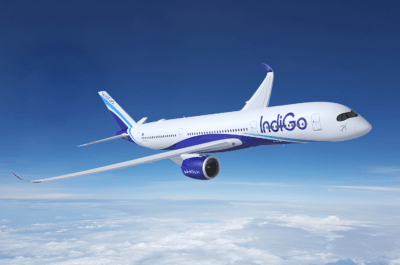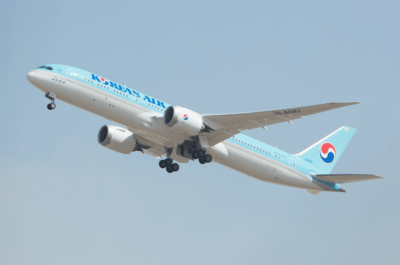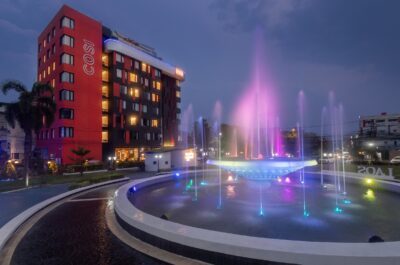The researchers investigated the effects of the 1,070-kilometre Wuhan-Guangzhou stretch of the railway on domestic tourism receipts in three Chinese provinces, finding that it has produced significant benefits for tourism in Guangdong and Hunan, with Hubei lagging behind.
In pioneering study, Professor Hanqin Qiu of the School of Hotel and Tourism Management (SHTM) at The Hong Kong Polytechnic University and two co-authors have found that China’s high-speed railway has increased domestic tourism demand. The researchers investigated the effects of the 1,070-kilometre Wuhan-Guangzhou stretch of the railway on domestic tourism receipts in three Chinese provinces, finding that it has produced significant benefits for tourism in Guangdong and Hunan, with Hubei lagging behind. Yet the overall situation, they suggest, broadly confirms that “transport infrastructure is a necessary precondition for the development of the tourism industry”.
Advancements in transportation technology have long been “regarded as one of the three pillars underlying the prosperity of modern tourism”, according to the researchers, with the other two being disposable income and adequate leisure time. They explain that China has seen major strides in all three since launching its open-door policy in 1978, and the benefits for tourism are clear. The country’s growing middle class, with higher salaries and more free time than ever before, is fuelling domestic tourism. The number of domestic tourist visits totalled 1.6 billion in 2010, they note, generating revenue of RMB777 billion.
In a country as vast as China, robust transport infrastructure is needed to move all those people around – a feat partly accomplished by China’s high-speed rail network. Yet the project has not been without controversy over safety and huge costs. The researchers believe that a study of the relationships between high-speed train operations and “tourism development in local destinations” will go a long way towards addressing these concerns and demonstrating the network’s important economic contributions.
Although it is relatively well accepted that transport is critical to destination development, with trains in particular promoting sustainable tourism, the news for the tourist trade is not always positive. The researchers note that some evidence suggests that the expansion of China’s high-speed rail network has deprived hotels of guests by making certain destinations too accessible, “with gains for one destination being losses for another along the route”. They thus set out to determine the overall economic value of the network “in tourism terms”.
The researchers selected the Wuhan-Guangzhou stretch of the high-speed rail network because it is the longest, spanning 11 destinations with various levels of economic and social development. Hubei, Hunan and Guangdong provinces also differ in the extent to which they host tourism activities and have developed the appropriate infrastructure. The decision was made to concentrate on domestic rather than international tourism because receipts from domestic tourists far outstrip those from international visitors. The researchers note that domestic tourism receipts in 2011 were US$30.6 billion in Hubei, $27.3 billion in Hunan and $62.4 billion in Guangdong compared to international receipts of $0.94 billion, $1 billion and $13.9 billion, respectively.
To ensure that they captured the situation both before and after the opening of the Wuhan-Guangzhou railway, which reduced the travel time between the two cities from 11 hours to 3, the researchers studied two periods: from January 2008 to December 2009, and from January 2010 to December 2011. They used tourism receipts in the three provinces to approximate tourists’ disposable income, and sought to determine the tourism-related economic effect of the opening of the high-speed line.
The researchers report that there were significantly higher domestic tourism receipts in Guangdong and Hunan than in Hubei after the Wuhan-Guangzhou section of the high-speed railway commenced operations. Indeed, receipts in Hubei shifted very little. On a more positive note, they suggest that if the respective characteristics of Guangdong and Hunan are taken into account, the railway’s economic effects are “more widespread and pronounced” than would at first seem obvious, with the relatively less-developed inland province of Hunan experiencing greater growth than its more developed coastal counterpart.
Also of interest are the railway’s “spill-over effects”, the researchers note, citing reports indicating that even nearby destinations not on its route have benefitted, with some achieving 100% growth since the line opened. They take this as evidence that “transport can contribute to the optimization of tourism product structure and enhance the overall attractiveness of the broader region”. Their findings also indicate “new opportunities for inter-destination cooperation and integration”, as Guangdong has traditionally been the major tourist source market for Hunan.
The railway has also had considerable “knock-on effects”, according to the researchers. These have included competition-induced reductions in airfares, greater flexibility in flight schedules and a major boost for short-haul weekend tours. The end result, they argue, is “a wider range of choices for the tourist”, which has influenced “many aspects of their ‘travel career’ beyond increased spending”.
Given that Hubei province seems to have missed out on the railway’s benefits, the researchers cautiously suggest that “high-speed rail should not be treated as a panacea for tourism”, with no attention paid to the existing tourism infrastructure and attractions in a given destination. They emphasise, however, that they focused on a period soon after the railway commenced operations, and “positive impacts may be manifest in the longer term” for Hubei.
In addition, the researchers measured the railway’s economic effects in the form of tourism receipts and, with the exception of its capital Wuhan, Hubei features few attractions other than the natural landscape. Hence, without the development of more attractions, the railway can offer little economic benefit to the tourism industry and may even be detrimental to the hotel and hospitality sector by reducing the need for overnight stays.
The continued popularity of the Wuhan-Guangzhou high-speed railway despite its relatively high ticket price – RMB450 one-way versus RMB330 for a normal-speed train – indicates that “it has become a tourist attraction in its own right”, the researchers believe. The way forward, they note, is more “regional cooperation, enrichment of tourism products and integration of the broader tourist transport infrastructure”. This could be complemented by marketing campaigns that emphasise the benefits of high-speed rail travel, and travel packages and itineraries that incorporate rail components and “experience optimisation”.
Despite finding few short-term economic benefits for Hubei province, the researchers believe that they have provided “solid evidence for the positive effects of the high-speed railway on the development of an industry that is assuming rising significance in the Chinese economy”. This, they hope, will spur the tourism sector towards more creative ways of capitalising on the railway to achieve further growth. Most importantly, their findings should provide the very important service of helping to dispel criticisms of the high-speed railway’s economic value for the country as a whole.
Theodore is the Co-Founder and Managing Editor of TravelDailyNews Media Network; his responsibilities include business development and planning for TravelDailyNews long-term opportunities.





















![[PR] PR_Ascott and Vimut Hospital_2024](https://www.traveldailynews.asia/wp-content/uploads/2024/04/PR-PR_Ascott-and-Vimut-Hospital_2024-400x265.jpg)






















































